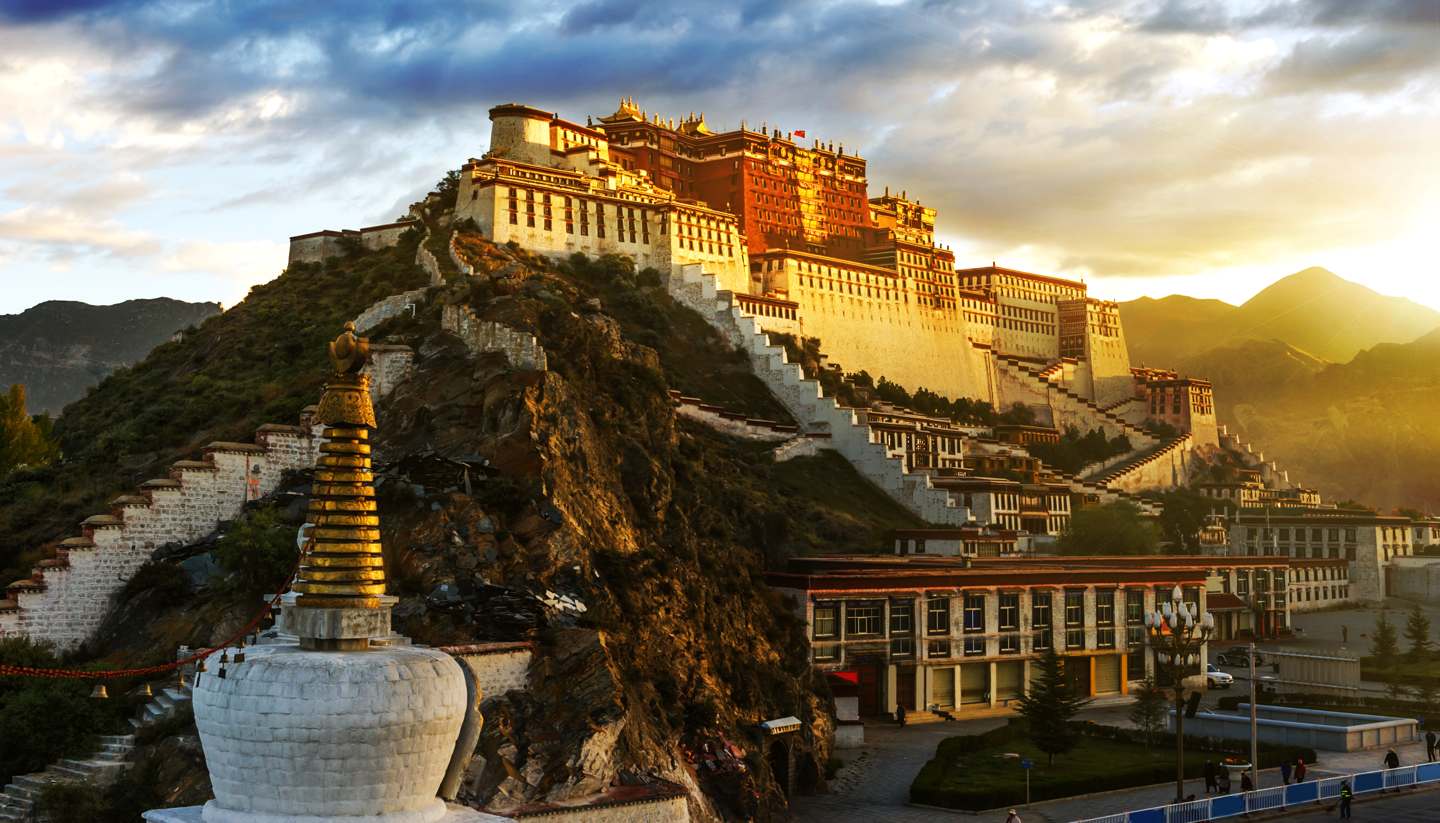
Tibet was an independent state prior to 1950. When Communist leader Mao
Zedong came to power in 1949, one of his first announcements in the
newly-formed Peoples Republic of China was a planned “liberation of
Tibet,” which he proceeded to carry out that same year. By 1950 the
People’s Liberation Army had taken control of Tibet’s capital city,
Lhasa, and in 1951, representatives of the Tibetan government were
coerced to sign a 17-Point Agreement with China,
recognizing China’s sovereignty over Tibet. Over the next 8 years, China
proceeded to violate the terms of the agreement.
In March 1959, the Fourteenth Dalai Lama was invited to the Chinese Army
barracks but was told to come alone. Fearing that their leader might be
kidnapped or assassinated, hundreds of thousands of Lhasa residents took
to the streets to protest China’s rule of Tibet. They were met by
Chinese guns, sparking further resistance and a crackdown, which many
sources credibly describe as resulting in 87,000 Tibetans being killed
in Central Tibet alone between March 1959 and October 1960. The
Fourteenth Dalai Lama fled Lhasa and escaped into exile in India some
weeks later. Over the following months and years, over 100,000 Tibetans
followed him into exile, and continue to do so.
The 10th of March is now commemorated as National Uprising Day by
Tibetans and supporters across the world.
To this day Tibet remains an independent state under
illegal occupation.
Take action today and
support a campaign today!